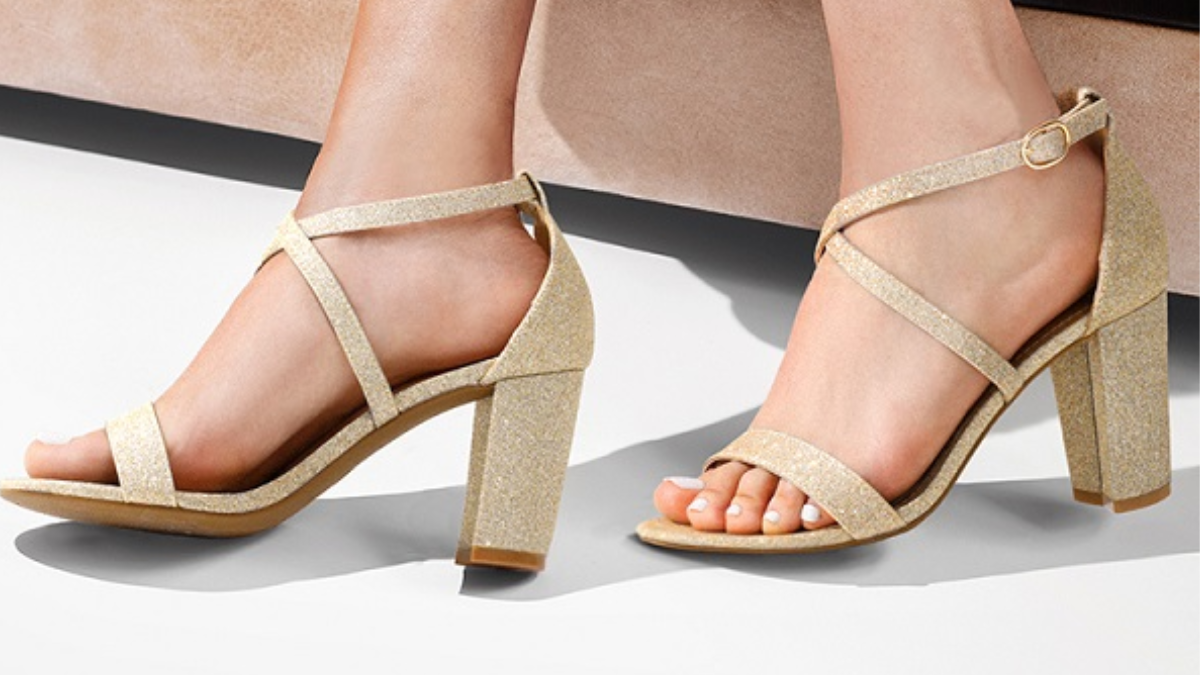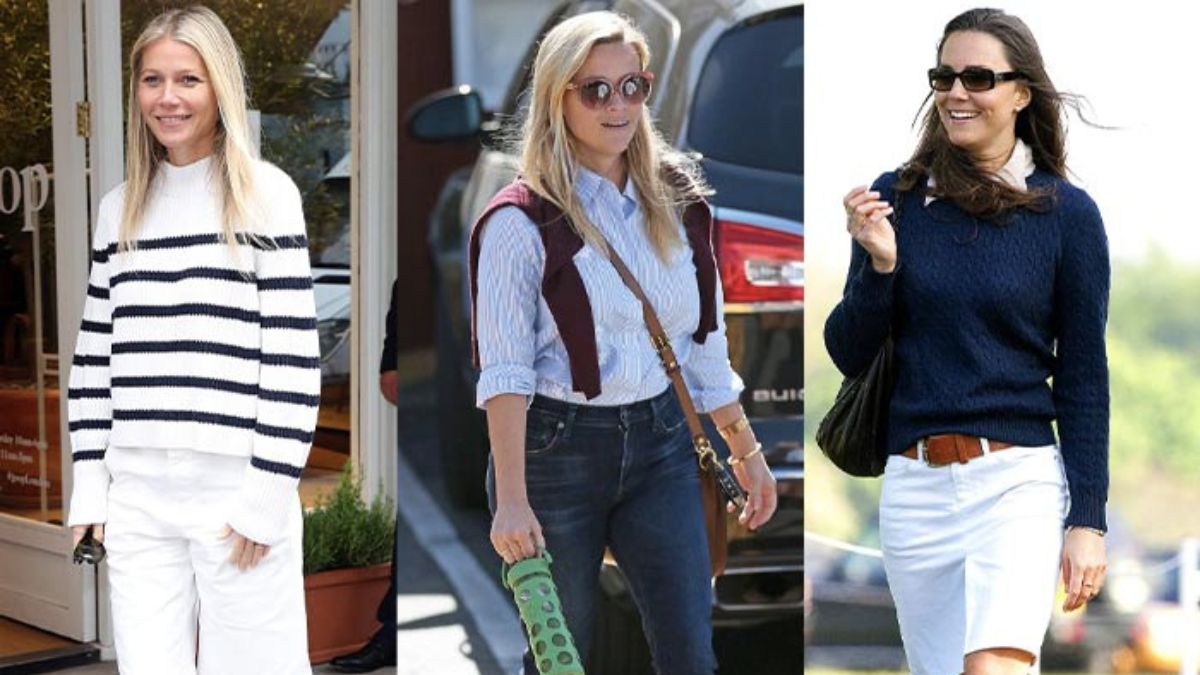Understanding the difference between a suit and a tux is essential for navigating formal wear with confidence. While both garments signify sophistication, they serve distinct purposes and are not interchangeable. Choosing the wrong one for an event can lead to a fashion misstep. Consequently, knowing the specific details that separate these two menswear staples will ensure you always look appropriate and polished.
This detailed guide will explore every facet of the suit versus tuxedo debate. We will break down their key features, historical context, and the specific occasions that call for each. By the end, you will have a clear understanding of when to don a dapper suit and when to opt for the unmatched elegance of a tuxedo.
What is a Suit?
A suit is a set of clothes made from the same fabric, traditionally consisting of a jacket and trousers. It is the workhorse of a man’s wardrobe, offering incredible versatility for a wide range of events and settings. From the boardroom to a weekend wedding, a well-tailored suit projects an image of professionalism and style.
Key Characteristics of a Suit
The defining feature of a suit is its consistency. The jacket and trousers are cut from the same bolt of fabric, creating a unified and cohesive appearance. Common materials include wool, cotton, linen, and polyester blends, each offering different levels of formality and comfort.
The construction of a suit is straightforward. For instance, the lapels on the jacket are made from the same material as the body of the coat. The buttons are typically made from plastic or bone and are designed to blend in with the suit’s color. This understated design makes the suit a flexible foundation that can be styled in numerous ways.
When to Wear a Suit
A suit is the default choice for most professional and semi-formal occasions. It is the standard uniform for business meetings, corporate environments, and job interviews. Furthermore, it’s the perfect attire for daytime celebrations, church services, and festive parties that don’t specify a black-tie dress code.
You can also wear a suit to most weddings. Unless the invitation explicitly states “black tie” or “formal,” a dark suit is perfectly acceptable. The beauty of a suit lies in its adaptability; therefore, you can dress it up with a crisp shirt and tie or dress it down for a more casual look.
What is a Tuxedo?
A tuxedo, often called a “tux” in North America or a “dinner jacket” in the UK, is a higher form of formal wear. It is reserved almost exclusively for evening events and special occasions. The tuxedo’s primary purpose is celebratory, designed to make a man look his most elegant and refined for life’s most memorable moments.
The Defining Features of a Tuxedo
The most significant visual cue that sets a tuxedo apart is the presence of satin. A tuxedo jacket features satin facings on its lapels, buttons, and pocket trim. This lustrous, contrasting fabric is what gives the tuxedo its signature formal and luxurious appearance.
In addition to the jacket, tuxedo trousers also have a unique feature. A thin stripe of satin runs down the outer seam of each leg. This detail creates a sleek, continuous line that enhances the wearer’s silhouette. The use of satin is not merely decorative; it is the core element that elevates a tuxedo above a standard suit.
The Origins of the Tuxedo
The tuxedo has a fascinating history. It emerged in the late 19th century as a more comfortable alternative to the restrictive tailcoat. The Prince of Wales, later King Edward VII, commissioned a short, celestial blue smoking jacket from his tailor, Henry Poole & Co., to wear at informal dinners.
An American socialite named James Potter saw the jacket at Sandringham Estate and was intrigued. He later wore a similar garment to the Tuxedo Park Club in New York. The jacket quickly became popular among the club’s members for their formal gatherings, and it soon became known as the “tuxedo.”
Suit vs. Tuxedo: A Detailed Comparison
While satin is the primary differentiator, the difference between a suit and a tux extends to many other components. Understanding these nuances is key to mastering formal dress codes.
H3: The Jacket
Suit Jacket:
- Fabric: The entire jacket, including the lapels, is crafted from the same material, such as wool, linen, or cotton.
- Lapels: Typically feature a notch lapel, which is the most common and versatile style. Peak lapels are also an option, but shawl lapels are rare on suits.
- Buttons: The buttons are usually made of plastic or horn and match the color of the suit fabric.
Tuxedo Jacket:
- Fabric: The body is usually made of black or midnight blue worsted wool, but the lapels are faced with silk satin.
- Lapels: The most traditional styles are the shawl lapel (a continuous, rounded edge) or the peak lapel (sharp points aiming upwards). Notch lapels are considered less formal for a tuxedo.
- Buttons: The front closure button and sleeve buttons are covered in the same satin fabric as the lapels, creating a cohesive, upscale look.
H3: The Trousers
Suit Trousers:
- Material: Made from the exact same fabric as the suit jacket, with no additional embellishments.
- Features: Almost always have belt loops, as they are designed to be worn with a belt.
Tuxedo Trousers:
- Material: Cut from the same wool as the jacket but feature a satin braid down the side of each leg, matching the lapel satin.
- Features: Never have belt loops. Instead, they are held up with suspenders (also called braces) for a cleaner, uninterrupted line around the waist.
H3: The Shirt
The shirt you wear plays a critical role in distinguishing the two looks.
- With a Suit: You have tremendous flexibility. You can wear dress shirts in a variety of colors, patterns, and collar styles. The most common choice is a simple pointed-collar shirt.
- With a Tuxedo: The shirt is much more specific. A traditional tuxedo shirt is always white and features either a pleated front or a piqué bib front. It must have French cuffs, which are fastened with cufflinks, not buttons. The collar is typically a wing collar or a classic spread collar.
H3: The Accessories
Accessories are not optional; they are essential components that complete each respective outfit.
Suit Accessories:
- Neckwear: A standard long tie is the most common choice. However, you can also wear a bow tie, though it’s less frequent. The tie can be any color or pattern that complements the suit and shirt.
- Footwear: Leather dress shoes like Oxfords, Derbys, or monk straps are all appropriate. The color should complement the suit (e.g., black shoes with a black or grey suit, brown shoes with a navy or brown suit).
- Waist: A leather belt that matches the color of the shoes is standard.
Tuxedo Accessories:
- Neckwear: A black silk bow tie is the only traditional option. The material should match the satin on the lapels. A long tie is generally considered incorrect with a tuxedo.
- Footwear: Black patent leather Oxfords are the classic choice. Their high shine complements the formality of the tuxedo. Highly polished calfskin Oxfords are also an acceptable alternative.
- Waist Covering: A cummerbund or a low-cut waistcoat (vest) is worn to cover the waist. This accessory conceals the bit of shirt that can bunch up where it’s tucked into the trousers, ensuring a smooth silhouette.
Deciding Between a Suit and a Tuxedo
The decision to wear a suit or a tuxedo is almost always determined by the event’s dress code.
Understanding Dress Codes
- Black Tie: This is the most formal dress code you are likely to encounter. It requires a tuxedo, without exception. Wearing a suit to a black-tie event is a significant faux pas.
- Black Tie Optional / Formal: This code gives you a choice. While a tuxedo is preferred and shows the utmost respect for the occasion, a dark, well-tailored suit (in black, charcoal, or navy) is also acceptable. If you own a tuxedo, this is the time to wear it.
- Cocktail Attire: This calls for a suit. A dark suit is always a safe bet, but you can also experiment with colors like deep blue or grey. Pair it with a stylish tie and dress shoes.
- No Dress Code Specified: For most other events like weddings, parties, or dinners without a stated dress code, a suit is the appropriate choice. The context of the event (time of day, location) can help you decide on the color and fabric of your suit.
Ultimately, understanding the difference between a suit and a tux is about more than just fashion rules. It’s about showing respect for your host and the significance of an occasion. By choosing the right garment, you demonstrate that you not only know how to dress well but also appreciate the traditions of formal wear.










